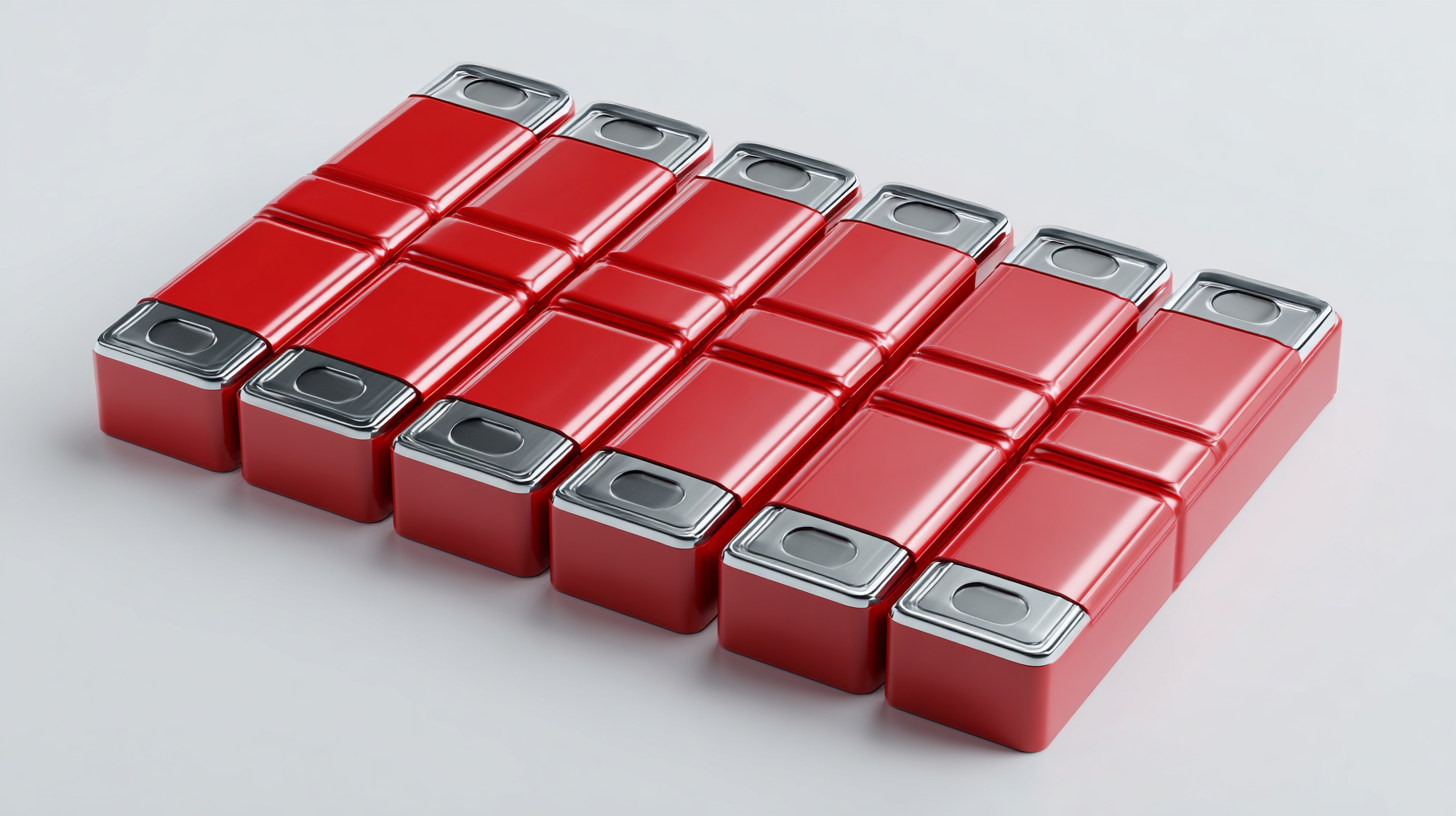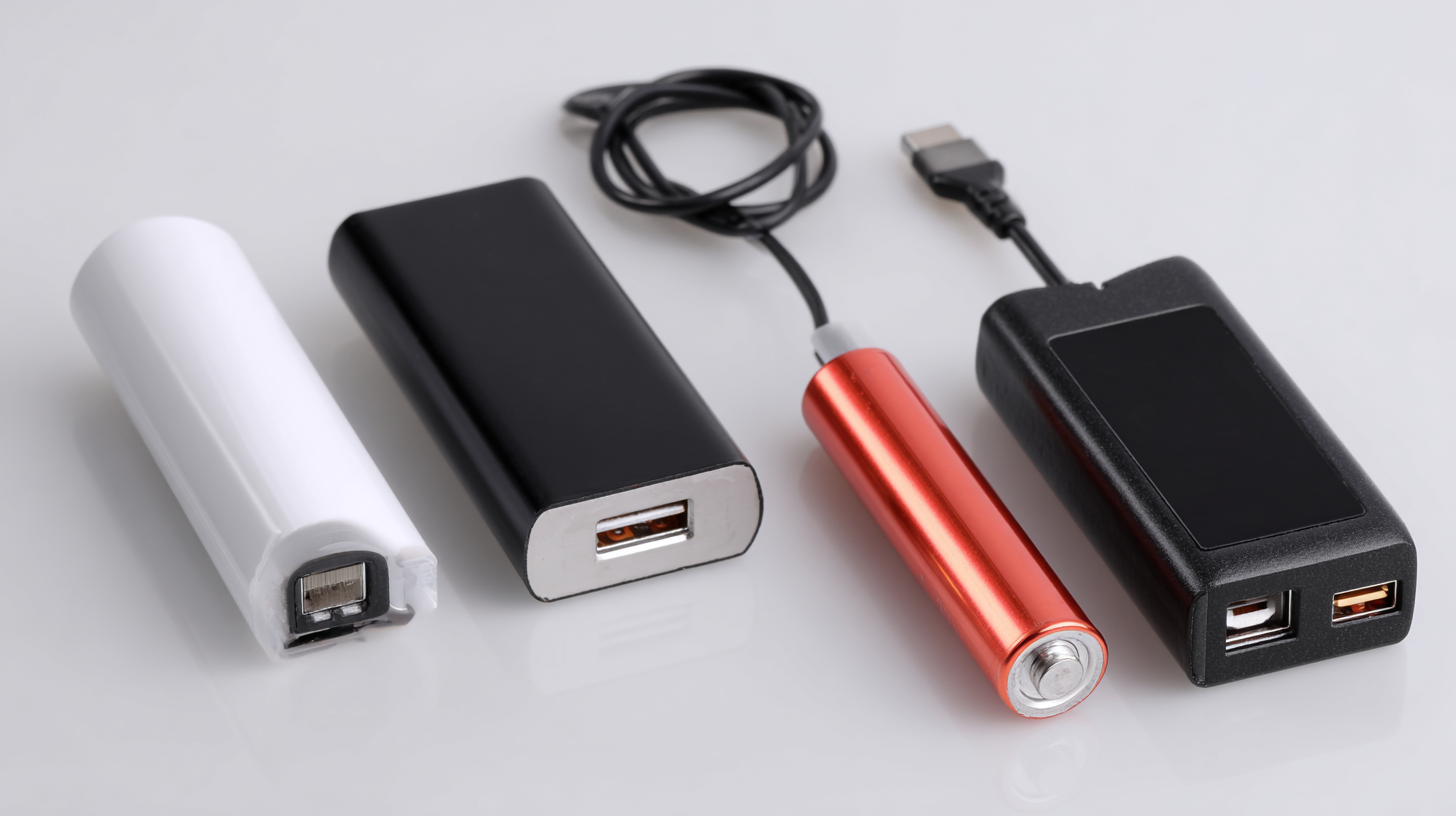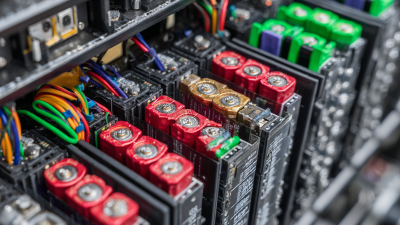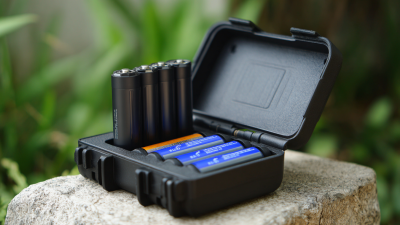In today's fast-paced world, the demand for
efficient and reliable power sources has never been greater, making the exploration
of various battery technologies crucial. Among the many options available, the
Li Ion Polymer Battery stands out due to its unique combination of advantages that cater to everyday needs.
This innovative battery technology not only offers greater energy density and lightweight design but also provides a flexible form factor that can
be tailored to fit a variety of devices, from smartphones and tablets to electric vehicles.
 Furthermore, the Li Ion Polymer Battery boasts improved safety features, longevity, and
a reduced environmental impact compared to traditional battery technologies. In this article, we will delve into the
practical benefits of Li Ion Polymer Batteries and
offer insights on how these advancements can enhance our daily lives, enabling us to make informed choices about our energy consumption and device usage.
Furthermore, the Li Ion Polymer Battery boasts improved safety features, longevity, and
a reduced environmental impact compared to traditional battery technologies. In this article, we will delve into the
practical benefits of Li Ion Polymer Batteries and
offer insights on how these advancements can enhance our daily lives, enabling us to make informed choices about our energy consumption and device usage.
When selecting the right Li-Ion Polymer battery for your everyday devices, it’s important to consider several key factors that influence performance and longevity. According to a report by MarketsandMarkets, the global lithium-ion battery market is expected to reach $122.2 billion by 2026, reflecting an increasing demand for efficient energy storage solutions in consumer electronics. This growth emphasizes the need for a battery that not only meets your device's power requirements but also aligns with its charging and usage patterns.
One of the primary advantages of Li-Ion Polymer batteries is their versatility in form factors and weight. Unlike traditional cylindrical batteries, these polymer batteries can be manufactured in various shapes and sizes, allowing for optimized energy density and space efficiency. Battery University reports that they typically offer a higher specific energy compared to other types, which is crucial for portable devices like smartphones and laptops. Additionally, consider the battery's discharge rate, as devices with higher power demands—such as gaming consoles or high-performance laptops—will benefit from batteries with high continuous discharge capabilities. Ensuring compatibility with your device's specifications will lead to improved performance and prolonged battery life.
To maximize the lifespan of your Li-Ion polymer battery, it’s essential to understand the factors that contribute to their longevity. One of the key practices is to avoid complete discharges. Unlike traditional batteries, Li-Ion polymer batteries perform optimally when kept within a charge range of 20% to 80%. Regularly charging your device when it’s in this range can prevent unnecessary stress on the battery and help maintain its capacity over time.

Another important aspect is temperature management. These batteries tend to degrade faster in extreme temperatures, so keeping them in a moderate environment is crucial. Avoid exposing your device to prolonged periods of heat or cold, as this can lead to reduced efficiency and overall lifespan. Additionally, storing your battery at about 50% charge when not in use can further enhance longevity. By following these straightforward practices, you can significantly extend the usability of your Li-Ion polymer battery in everyday applications.
When using Li-Ion polymer batteries, proper charging and storage techniques are essential for maximizing their lifespan and performance. First and foremost, users should always utilize the charger specifically designed for the battery type. Overcharging can lead to overheating, which not only shortens the battery’s life but may also pose safety risks. It's advisable to monitor the charging process and unplug the device once it reaches a full charge. Additionally, charging the battery in a cool, dry environment helps maintain optimal performance and reduces the risk of damage.
Storage of Li-Ion polymer batteries requires attention to temperature and state of charge. Ideally, batteries should be stored at a partial charge of around 40-60%. This helps prevent the degradation associated with deep discharge conditions. When storing for an extended period, it's important to keep the batteries in a temperature-controlled environment, avoiding extreme heat or cold, as temperature fluctuations can adversely affect battery chemistry and overall capacity. By following these safety guidelines, users can enhance the performance and longevity of their Li-Ion polymer batteries.

Li-Ion polymer batteries have become increasingly popular in everyday electronics due to their lightweight design, flexible form factor, and high energy density. However, like all battery technologies, they can encounter issues that affect performance and longevity. To ensure optimal use, it's essential to recognize and troubleshoot common problems associated with Li-Ion polymer batteries.
One frequent issue users might encounter is swelling, which indicates a potential failure of the battery. This can typically happen when the battery is overcharged or exposed to high temperatures. If you notice any deformation, it’s crucial to stop using the device immediately and seek professional assistance. Additionally, users may experience reduced capacity or shorter usage times. This problem may stem from faulty charging practices or simply prolonged use. To mitigate this, consider calibrating the battery by allowing it to fully discharge and then recharge periodically, which can help maintain its efficiency.
Another common concern is battery drainage or unexpected shutdowns. This could indicate an underlying issue such as a short circuit or damaged cells. To troubleshoot, check the charging cable and port for any debris or damage, as they can impede proper charging. Additionally, ensure that the device’s software is up to date, as outdated firmware can also impact battery performance. By being proactive and addressing these issues promptly, users can prolong the lifespan of their Li-Ion polymer batteries and enhance their overall experience with electronic devices.
When it comes to disposing of Li-Ion polymer batteries, responsible practices are crucial for protecting both the environment and public health. According to a report by the International Energy Agency (IEA), millions of lithium-ion batteries reach their end of life each year, and improper disposal can lead to significant environmental hazards, including soil and water contamination. Therefore, it is essential to follow proper guidelines for battery disposal.
Recycling remains one of the most effective ways to manage used Li-Ion polymer batteries. The Battery Innovation Center indicates that only about 5% of lithium-ion batteries are currently recycled, despite their valuable materials such as lithium, cobalt, and nickel, which can be reclaimed and reused. Many communities now offer battery recycling programs, and organizations such as Call2Recycle provide resources to facilitate safe disposal. Consumers should also look for proper disposal bins in electronics stores or local recycling events. By understanding the options available, individuals can contribute positively to the environment while ensuring that valuable materials are not lost to landfills.
| Feature | Description | Disposal Method |
|---|---|---|
| High Energy Density | Li-ion polymer batteries can store more energy in a smaller space compared to traditional batteries. | Recycle at designated battery recycling centers. |
| Lightweight | They are generally lighter than other types of batteries, making them ideal for portable devices. | Check local regulations for safe disposal options. |
| Flexible Design | Can be manufactured in various shapes and sizes, fitting various devices more easily. | Use municipal e-waste collection sites when available. |
| Low Self-Discharge Rate | Retain charge for longer periods when not in use compared to other rechargeable batteries. | Participate in community electronics recycling events. |
| Environmental Safety | When disposed of correctly, they have less environmental impact compared to other batteries. | Follow the guidelines provided by local environmental agencies. |








